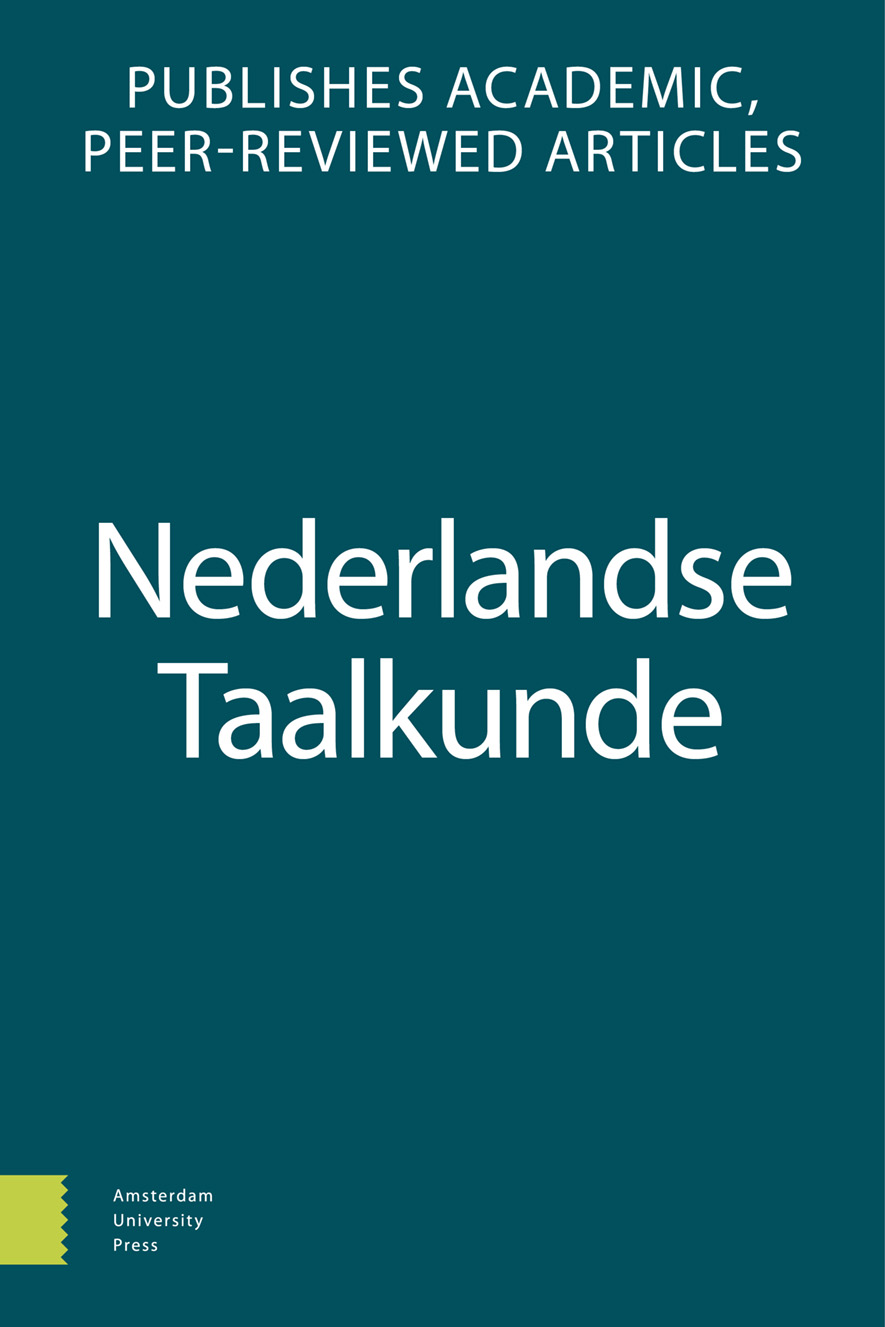-
oa Hebben we oren naar anderstaligen in het Vlaamse hoger onderwijs?
Een onderzoek naar de relatie tussen niet-moedertalige uitspraakbeheersing en gepercipieerd functioneren
- Amsterdam University Press
- Source: Nederlandse Taalkunde, Volume 26, Issue 2, Oct 2021, p. 222 - 247
Abstract
In order to enroll in Flemish higher education, aspiring students whose native language is not Dutch require a B2 CEFR level for language proficiency for most courses that are taught in Dutch. The question we aim to answer in this study is how future interlocutors of these students perceive that B2 entrance level. Do fellow students, lecturers and other members of staff feel that this level of language proficiency is sufficient to successfully navigate higher education? We specifically focus on the perception of pronunciation proficiency. We conducted a speaker evaluation experiment in which 191 students and staff members evaluated six sound clips with non-native Dutch speech representing pronunciation levels B1, B2 and C1. Results show that overall attitudes towards the speakers in the experiment are rather positive. In addition, there is a clear association between pronunciation proficiency and perceived functioning in higher education that reflects the Flemish higher education entrance policy. Our study also shows that various groups within the higher education community react differently towards non-native Dutch speakers and that there is a link between perception of non-native pronunciation and the amount of contact a listener has with non-native speakers. Overall, this study underlines the importance of pronunciation training in foreign language teaching for academic purposes.


